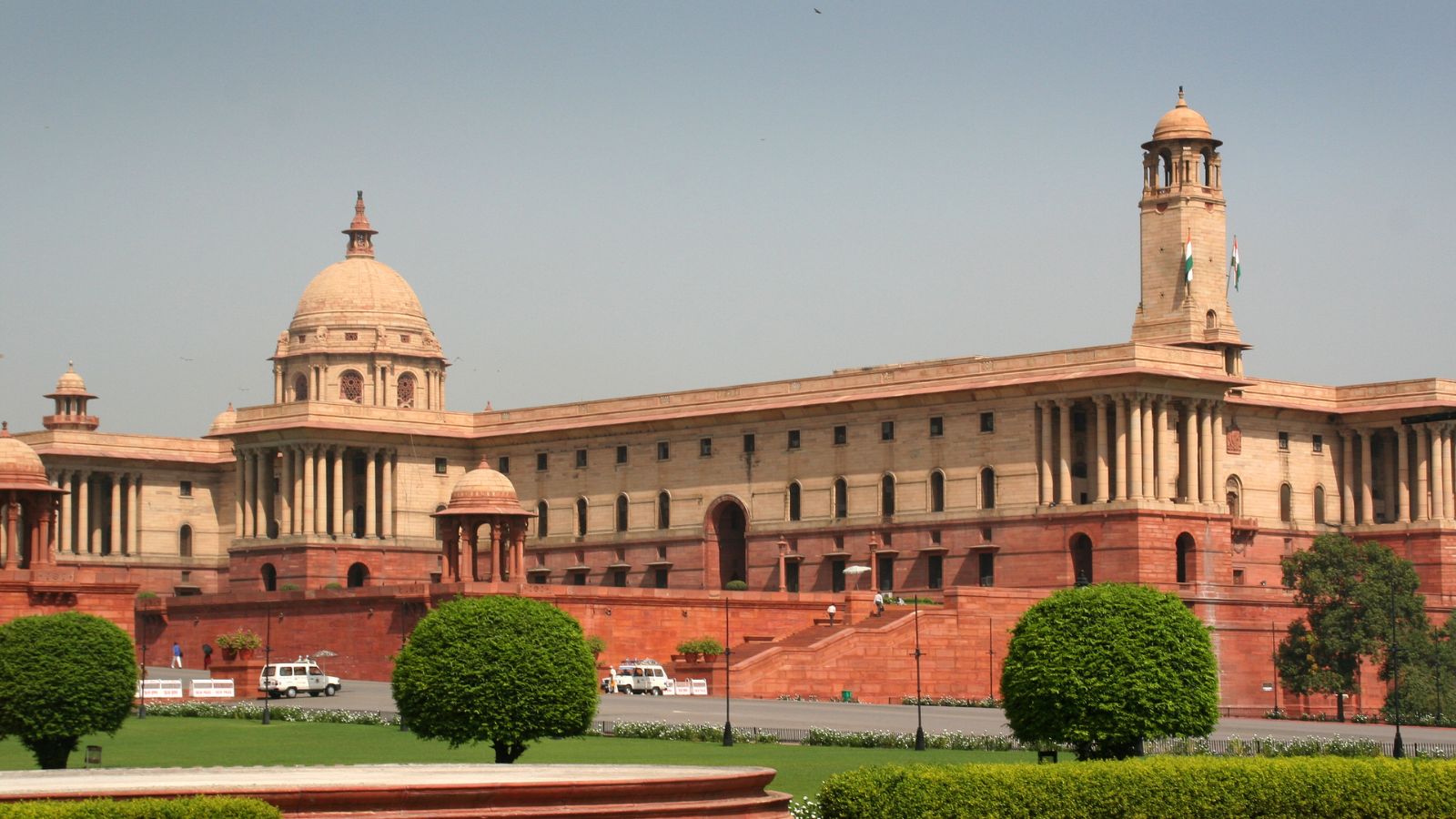Difference Between Lok Sabha and Rajya Sabha

The Parliament of India has three organs: the President, the Rajya Sabha (Council of States) and the Lok Sabha (House of the People). The Rajya Sabha and the Lok Sabha are two integral parts of the Indian Parliament. Today in this article we will discuss in detail about both houses of Parliament such as what is Lok Sabha and Rajya Sabha, the difference between Rajya Sabha and Lok Sabha, the total number of members in Rajya Sabha and Lok Sabha, qualifications, tenure, elections, Lok Sabha and Rajya Sabha. Functions and powers etc.
Want to know the differences between Vidhan Sabha and Lok Sabah? Click Here
Lok Sabha
Lok Sabha is also called the House of the People because its members are elected by the people of India, it would not be wrong to say that it directly represents the citizens of India, the Speaker is the Chairman of the Lok Sabha.
- Members: Lok Sabha members are directly elected by the people of India. It has a maximum strength of 552 members.
- Term: The term of the Lok Sabha is five years unless dissolved earlier.
- Leadership: The head of the Lok Sabha is the Speaker, who is elected by its members.
- Powers: Lok Sabha has significant powers, especially in financial matters. Money bills can only be introduced in the Lok Sabha.
Rajya Sabha
On the other hand, the Rajya Sabha is also known as the Upper House or the Council of States. The members of the Rajya Sabha are elected by the members of the Legislative Assembly through the voting system. The Vice President of India is the Chairman of the Rajya Sabha.
- Members: Rajya Sabha members are elected by the elected members of State Legislative Assemblies and by the members of the Electoral college for Union Territories. It has a maximum strength of 250 members.
- Term: Rajya Sabha is a permanent body and is not subject to dissolution. One-third of its members retire every two years.
- Leadership: The Vice President of India is the ex-officio Chairman of the Rajya Sabha.
- Powers: Rajya Sabha has some special powers, but it does not have as much control over financial matters as the Lok Sabha. It plays a crucial role in reviewing and amending bills.
Process of election of members of Lok Sabha and Rajya Sabha
The process of election of members of Lok Sabha and Rajya Sabha is completely different from each other, which is explained in simple points below:
How are Lok Sabha members elected?
According to Article 326 of the Indian Constitution, members of the Lok Sabha (representatives of the states) are directly elected by the people of the state on the basis of voting.
Every citizen of India, whether male or female, who is 18 years of age or above and who is not disqualified from voting on the grounds of mental unsoundness of mind, crime or corruption, is entitled to vote in the Lok Sabha elections .
The candidate who receives the highest number of votes in the election represents his constituency in the Lok Sabha.
How are Rajya Sabha members elected?
Members of the Rajya Sabha (representatives of the states) are elected by the members of the Legislative Assemblies through the one person one vote system.
According to Article 80(3) of the Constitution, 12 nominated persons are selected by the President from among persons having special knowledge or practical experience in literature, science, art and social service.
Qualification for membership of Lok Sabha and Rajya Sabha
The following qualifications should be required for membership of Lok Sabha and Rajya Sabha:
- Must be a citizen of India
- For membership of Rajya Sabha, his age should be 30 years
- In case of Lok Sabha, his age should be 25 years
- No educational qualification has been prescribed for membership of Parliament in the Constitution.
- According to the Representation of the People Act, 1951, a person's name is required to be registered as a voter in a parliamentary constituency.
Session of Rajya Sabha
The President usually convenes the sessions of the Rajya Sabha simultaneously with the sessions of the Lok Sabha or whenever he feels necessary. However, there cannot be a gap of more than six months between two sessions of the Rajya Sabha.
The President can call a special session of the Rajya Sabha to approve the emergency declaration at a time when the Lok Sabha is dissolved.
Session of Lok Sabha
The President can summon a session of Parliament at any time, But there cannot be a gap of more than six months between two meetings of Parliament. This means that at least two sessions of the Lok Sabha are required in a year.
Key Differences Between Lok Sabha and Rajya Sabha
| Feature | Lok Sabha | Rajya Sabha |
|---|---|---|
| Members | 552 (Maximum) | 250 (Maximum) |
| Election | Directly elected by the people | Elected by State Legislative Assemblies and Electoral college for Union Territories |
| Term | 5 years | Permanent, with one-third members retiring every 2 years |
| Leadership | Speaker | Vice President (Chairman) |
| Powers | Greater control over financial matters, initiates Money bills | Reviewing and amending bills, less control over financial matters |
Conclusion
Understanding the differences between the Lok Sabha and the Rajya Sabha is essential for comprehending the legislative process in India. Both houses complement each other and work together to ensure the smooth functioning of the Indian parliamentary system.
